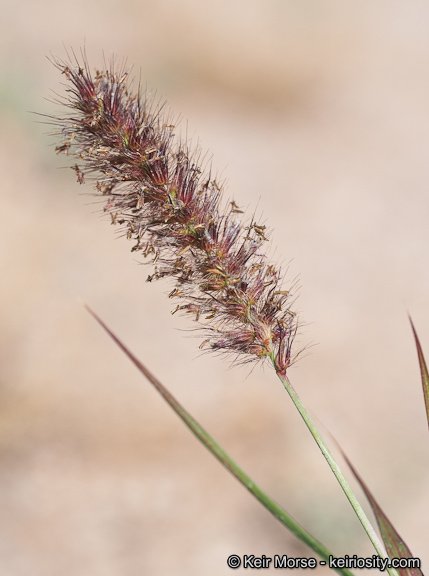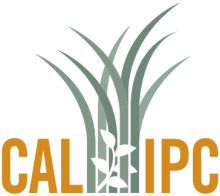Climate Matching Map
| Attachment | Size |
|---|---|
| ClimateMatch_CA_Pennisetum_ciliare.pdf (1.08 MB) | 1.08 MB |
1. Question 1
2. Question 2
3. Question 3
4. Question 4
5. Question 5
6. Question 6
7. Question 7
8. Question 8
9. Question 9
10. Question 10
11. Question 11
12. Question 12
13. Question 13
14. Question 14
15. Question 15
16. Question 16
17. Question 17
18. Question 18
19. Question 19
20. Question 20
Evaluation Notes
Websites accessed:
Pennisetum ciliare (L.) Link in GBIF Secretariat (2021). GBIF Backbone Taxonomy. Checklist dataset https://doi.org/10.15468/39omeiaccessed via GBIF.org on 2022-11-30.
https://keyserver.lucidcentral.org/weeds/data/media/Html/cenchrus_ciliaris.htm accessed 2022-11-30.
https://agriculture.az.gov/pestspest-control/agriculture-pests/noxious-weeds accessed 2022-11-30
https://wiki.bugwood.org/Pennisetum_ciliare#Reproduction accessed 2022-11-30
https://pubs.nmsu.edu/_circulars/CR698/ accessed 2022-11-30
https://www.desertmuseum.org/buffelgrass/learn.php access 2022-11-30
James P. Smith, Jr. 2012, Pennisetum ciliare, in Jepson Flora Project (eds.) Jepson eFlora, https://ucjeps.berkeley.edu/eflora/eflora_display.php?tid=36817, accessed on November 30, 2022.
https://keys.lucidcentral.org/keys/v3/pastures/Html/Buffel_grass.htm accessed 2022-11-30







